Get growing.
Herbs are little wonders that pack a punch when it comes to getting the inflammation and aching that accompanies osteoarthritis under control. If you’re not already adding them to your meals when cooking, you can also take them as a supplement.
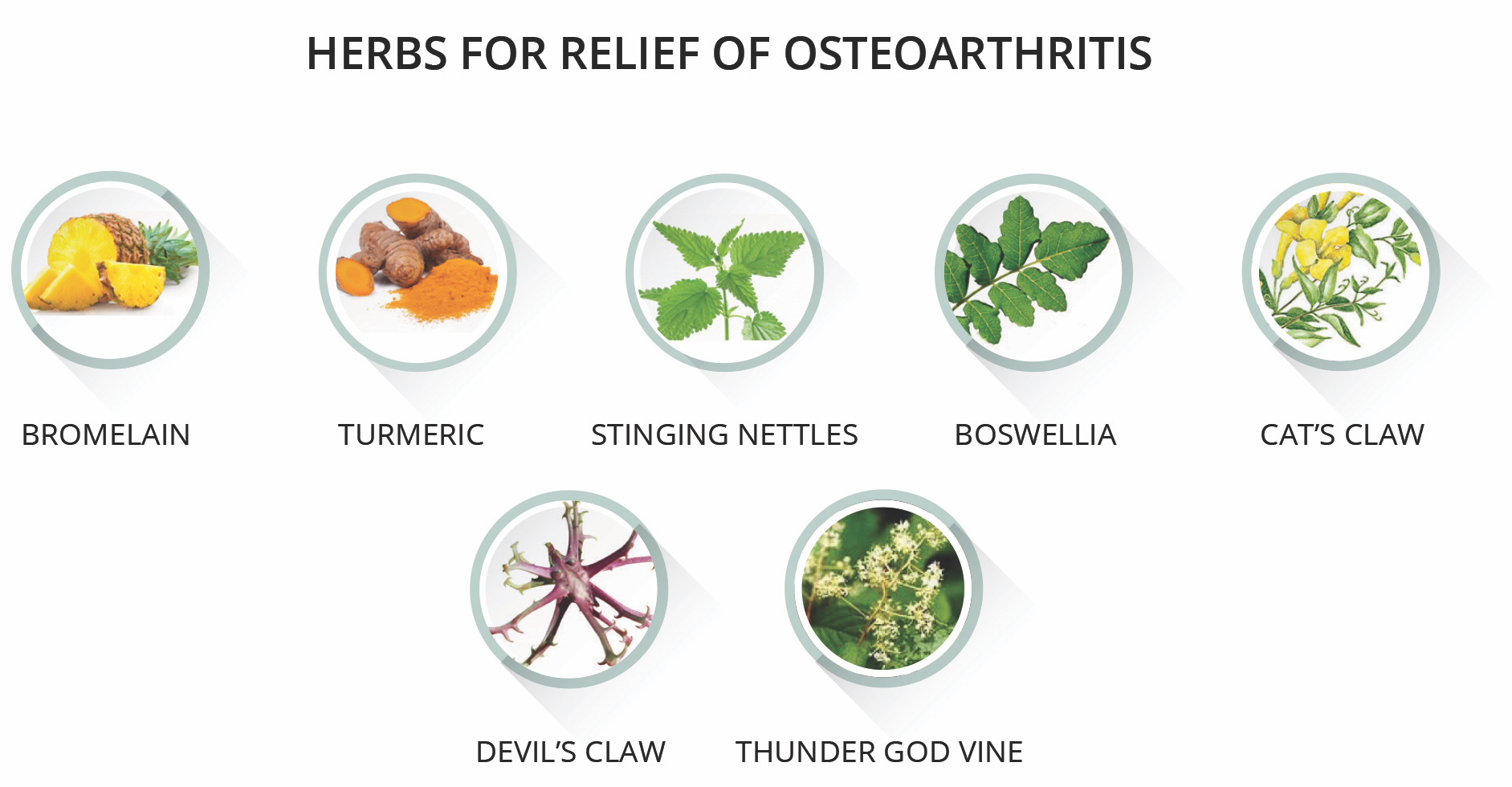
There are a good few more, but always ask your doctor or health professional what they might recommend in your situation.
Think like an athlete.
Treat osteoarthritis like a sports injury. Using heat can ease sore muscles and keep joints from seizing and becoming stiff. Warm baths and showers, or a hot-pack or water-bottle can make the world of difference – especially in the morning when you’ve been still for too long. Cold therapy is a great way to dull the aching sensation in your joints, as well as decrease swelling and inflammation. A standard ice pack, or that bag of frozen peas in the freezer will do.
Overcome your fear of needles.
The Chinese have used acupuncture as a treatment therapy for centuries. In 2003, the World Health Organisation recommended acupuncture as an alternative treatment for a number of conditions – and relief from arthritic symptoms was one of them. Current research continues to promote the efficacy of acupuncture in treating osteoarthritis as well as 45 others. You can scroll through them here.
Traditional acupuncture stimulates certain acupoints to relieve pain and realign your body internally. Needles aren’t for everyone. Luckily, there are a number of ways to stimulate these acupoints, such as acupressure or cauterisation. .
Dust off those walking shoes.
Love it or hate it, exercise is a critical element in pain management. You might be nervous to get moving, fearing that it could make your pain worse. The truth is that research has proven moderate and gentle exercise highly beneficial to arthritis sufferers. It gives your body the chance to increase the range of motion and maintain flexibility in your joints, effectively preventing them from stiffening and seizing up. If you haven’t moved in a while, or are concerned about doing harm to your already-sore joints, take a look at our bridging course or some of our beginners’ workouts. They’ll keep you mobile and help relieve some of your pain.
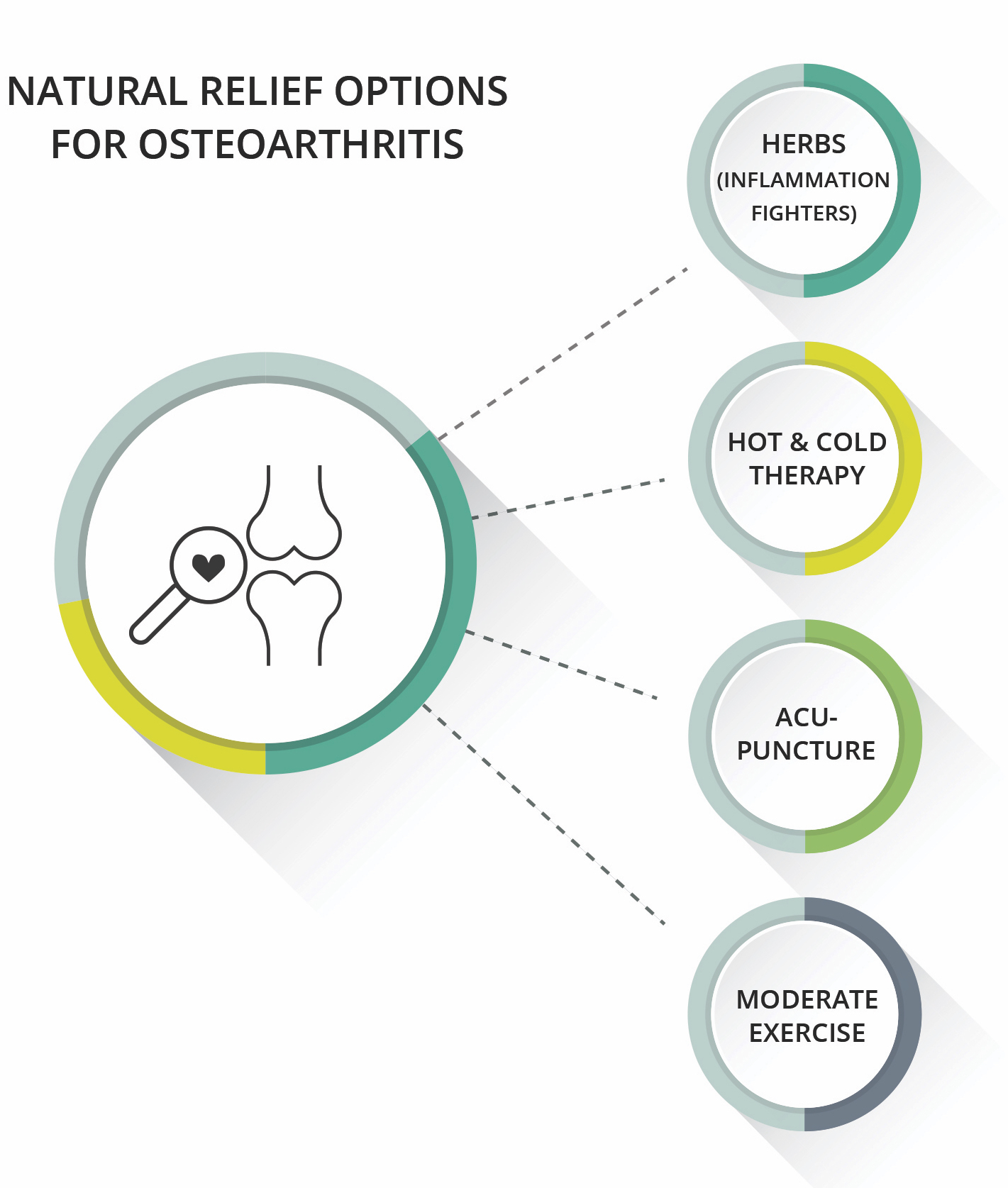
There are lots of ways to relieve symptoms and pain of arthritis. Arthritis doesn’t go away, so whichever therapy works for you, you need to make it part of your lifestyle and routine and stick to it.
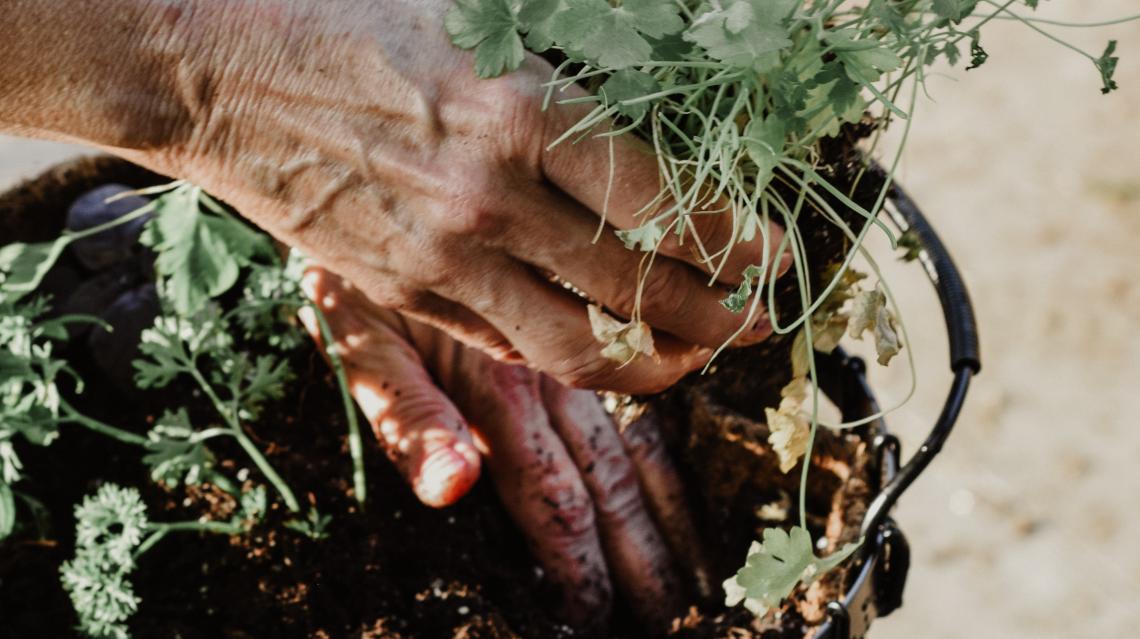
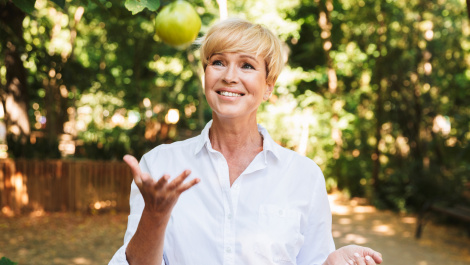

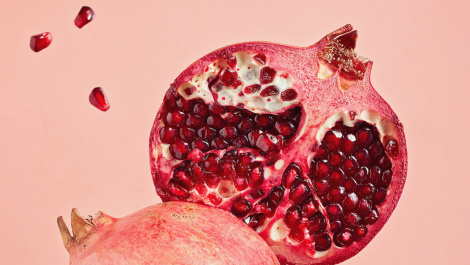


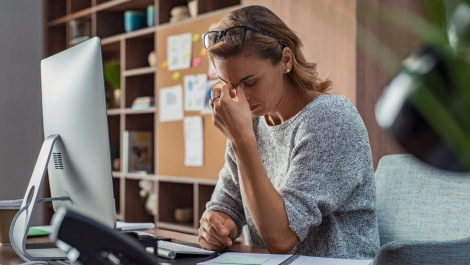
Comments